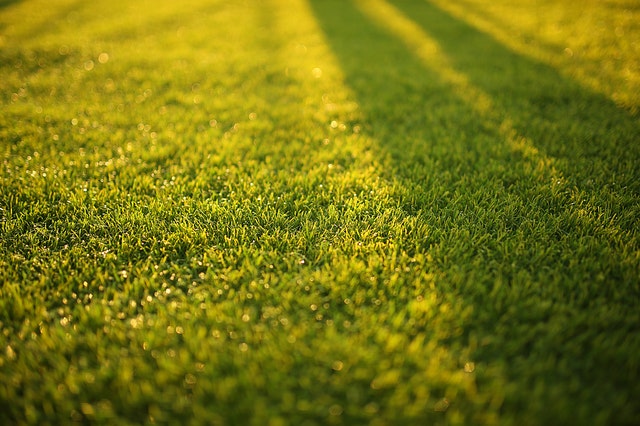Greenery, or grass, is unquestionably the foundation of a lovely yard where you may sit, rest, and mingle. More precious than any ornamentation is healthy, high-quality, and well-maintained grass. It’s a barefoot-friendly natural carpet on which youngsters may play, as well as a blanket that will come in handy when there’s a lot of heat and rain. Trees and flowers, in addition to grass, are the most basic or default landscape features. If you want your yard to be more than just grass and natural plants, it should be a reflection of your creativity. Thus, check out these gardening tips to make your greenery appear great!
Take environmental factors into account
You select flowers based on the quantity of sunlight in the garden, the quality of the soil, and the amount of maintenance required. If gardening is your pastime, the choices for growing various varieties of decorative plants are endless; nevertheless, even if you don’t have much time to care for flowers, you may choose from a wide variety of flowers that require little attention. Planting may begin once you’ve chosen the sorts of plants for the yard and arranged them, which should be in early March if the weather permits.
Other existing impediments, such as fences, gates, and swimming pools, must also be considered. If at all possible, avoid planting in areas that are shaded for the majority of the day, as most grasses do not thrive in such conditions. When you begin preparing, you should also consider the seasons and you can also consider artificial grass in Charlotte to eliminate worrying about the seasons.
Take care of your lawn
A beautiful lawn increases the property’s value, reduces noise and heat, and beautifies and improves the environment surrounding the house. It’s critical to avoid curves or slopes that make mowing difficult when designing a lawn. It is preferable to level the ground or design floral arrangements or scatter chopped tree bark, which may also be attractive. Likewise, the tips from Obsessed Lawn can further help you turn your property into a luxurious oasis of peace and comfort. This way you will be able to enjoy your home in a completely new light this summer!

Watering and mowing
It is critical that the soil surface remains moist after seeding. Use the finest sprayers to do this; excessive watering may cause the plants to wash away, resulting in poor growth. Water twice a week to keep the soil from drying up. On the other hand, wait until the new grass is around 6 cm tall before starting to mow. The mower’s blades should be sharp enough to cut only a third of the grass at a time, i.e. grass should not be mowed to a height of less than 4 cm. You can progressively lower the blades in the future, but remember that longer grasses produce healthier growth and appear more sumptuous.
Control pests and weeds
Plants often compete with the things you truly don’t want in your garden. Why would you waste money by providing scavengers with your plant nourishment? In the fall, remove unhealthy plants and compost dead plants to eliminate insect pest hiding spots. Remove weeds before they produce seeds and spread. Likewise, use a variety of plants so that if one is attacked by pests, others can take its place. In general, there are five ways of weed control strategies such as preventative, cultural, mechanical, biological, and chemical weed control. However, if you want to avoid more aggressive ways of weed control, know that weeds surrounding vegetable plants are best removed by hand-pulling!
Seasons
Summer and winter circumstances are too harsh for new grass, so it’s ideal to plant a lawn in the spring or fall. However, we prefer planting in the autumn since when planting in the spring, there’s a chance that summer will be too hot, and young grass fails the most due to summer heat.
Fertilize
If your plants aren’t growing properly, fertilizing them will only assist if the problem is due to a lack of nutrients. However, fertilizer will not benefit plants planted in poorly drained soils, in severe shade, or in competition with tree roots. For example, manure (poultry, cow, or horse), bone meal, cottonseed, and other naturally occurring materials are examples of organic fertilizers. Inorganic fertilizers are synthetic fertilizers. They are frequently greater in nutritious content. On the other hand, bear in mind that fertilizer should be applied at least twice a year.
Summer is here, and you will spend the majority of your time on the patio or in the garden during this hot season. Why don’t you make it enjoyable and comfortable as soon as today?!



Comments are closed.